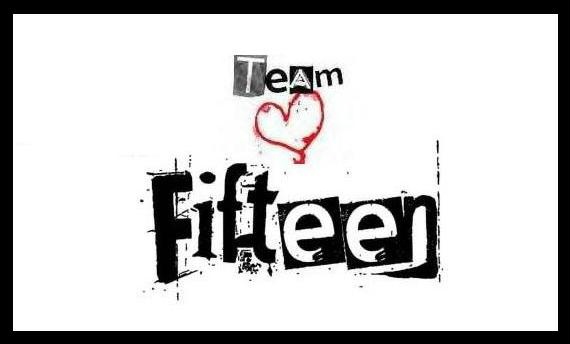 Directions: Innovatively cover the life and major works of the art period selected. Mention any movements the period dealt with. Cover the Who, What, When, Where, Why and How. Include the recognizable characteristics and attributes. Keep it simple, but thorough.
Directions: Innovatively cover the life and major works of the art period selected. Mention any movements the period dealt with. Cover the Who, What, When, Where, Why and How. Include the recognizable characteristics and attributes. Keep it simple, but thorough. 


 Water-Lily Pond
Water-Lily Pond
 Impression, Sunrise
Impression, Sunrise











 Antibes
Antibes
Regatta in Argenteuil

Claude Monet was born in Paris in 1840.
As Claude grew up Le Haven, France his passion for landscape was born.
Claude moved to Paris and began to master his abilities and desires which nurtured the artist in which the world would begin to know him.
Monet loved working outdoors which inspired most of his paintings. During 1890 he was able to purchase some property in the village of Giverny. Monet began to construct a water garden which was filled with lily pads. Over his water garden he constructed a Japanese bridge, where willows and clumps of bamboo over hung the structure.
In 1874 Monet and his colleagues decided to house their own exhibition. These artists at that time called themselves independents, but the press soon labeled them as Impressionists, because of their art that seemed sketchy and unfinished, like a first impression.
The name “Impressionists” was derived from a painting that Monet painted and named Impression himself. The title changed in a hurry, which was needed early for a catalogue name for their exhibition. The editor renamed the painting Impression Sunrise, which is still label as this paints name today. Other artist didn’t take to the new style of art, in which the strong application of color, with distinct strokes as if no flatting of the pigment was needed.
During 1906, painting of these constructed areas around his house began to surface in the main stream art market. Throughout the years he worked on other groups of paintings. To name a few are haystacks, Rouen Cathedral, the river Seine-seen in different light, at different times of the day or seasons of the year. All this happen in despite of his felling eye sight, which continued up to his death. Monet’s house was restored to the richness that surrounded him throughout his life, because of his paintings.
Some quotes from Monet himself:
"I feel the spleen from Giverny. It must all be so beautiful by this incredible weather."
“It is so beautiful in the countryside, I wanted to write to you that you would come to see the garden so beautiful by now ; it's worth the travel and in less than 15 days it will be over."
"My heart is to Giverny for ever and ever."
"I am not a great painter, great poet. I just know that I do what I can to express what I feel in front of nature."
"I am filled with delight; Giverny is a splendid spot for me."
"I will be obliged to ask you for quite a lot of money, as I am on the verge of either buying the house where I live or leaving Giverny which would bother me a lot, as I am sure I will never find a similar set up nor so beautiful a landscape." Claude Monet to Durand-Ruel, 1890
“I want the unobtainable. Other artist paint a bridge, a house, the boat and that is the end. They are finished. I want to paint the air which surrounds the bridge, the house, the boat, the beauty of the air in which these objects are located and that is nothing short of impossible."
.jpg)













